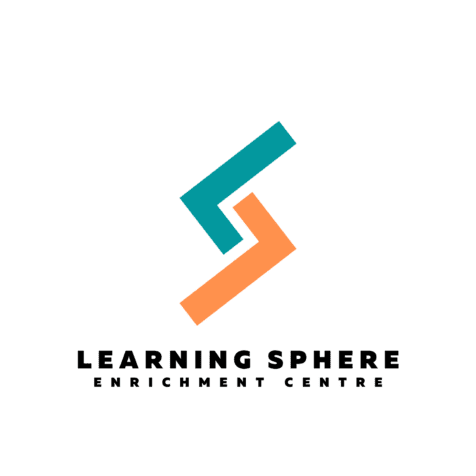By Ms Koh & Mr Joab
For our Sec 2s going on to Sec 3, congratulations for (almost) making it halfway through your Secondary education. It’s time to make your coveted subject combination choice to decide on the subjects which you will be examined for at O Levels! While some schools will offer students with the choice to take on both Pure Humanities and a Combined Humanities, you will soon notice that you will need to take Combined Humanities, a single subject that consists of two “half-subjects”.
You will have a compulsory humanities subject and an elective humanities subject, each taking up 50% of the marks for Combined Humanities.
The compulsory subject is Social Studies, which all must take for O-levels. The elective subject can either be History, Geography or Literature. For students hoping to enter a Junior College, Humanities is considered as a relevant subject included in their L1R5 score. Students targeting to join a Polytechnic may need a Humanities subject for certain courses as well.
Literature Elective
For this subject, students are tested on ‘Unseen Prose and Poetry’, where they read a given text type and analyse the underlying meanings. They would also study a text from a selection of approved books, usually selected on behalf of students by the school. They are then tested on the selected text, where they have to decipher the intentions of the author.
Clearly, a good grasp of the English Language is very helpful to do well in Literature, but it is not sufficient. A lot of times students find themselves having to be “thinking too much” about the text, to the extent where they question if they are really representing the intentions of the author. However, some may enjoy it as it is one of the few subjects that allows your imagination to take flight, as long as you are able to support and justify your points with clear evidence from the texts.
You can view MOE’s syllabus for the Combined Humanities combination of Social Studies and Literature in English here (O Level) or here (N Level).
History Elective
In lower secondary, you would have been exposed to Singapore history, from its early days to modern Singapore. For upper secondary, the focus becomes World History, covering topics such as World War II in Europe and the Asia–Pacific and Cold War. Students are tested on case studies and sources, over two sections. Section A consists of Source Based Questions (SBQ) a 5-part question which adds up to 35 marks, while Section B consists of Structured Essay Questions (SEQ), a 2-part question which adds up to 15 marks.
Some students may find History challenging due to the amount of information that is required to be memorised, and learning about past events may not be the most exciting for some. Nevertheless, there is merit in learning about our past, and hopefully mankind draws important lessons from mistakes made and never repeat them again.
Here’s a note of caution though! Some students may think that since the examination format for both Social Studies and History is the same (students are tested on both sources and essays), they have the false impression that they are essentially studying and familiarising themselves with only one subject. This is not true as the skills in terms of answering SBQ may be different – in History you may need to tap more on your contextual knowledge to decide on the reliability of a source, but in Social Studies, you may need to make reference to another source (provided in the SBQ) to do so.
You can view MOE’s syllabus for the Combined Humanities combination of Social Studies and History here (O Level) or here (N Level).
Geography Elective
Similarly, upper secondary geography is a continuation of lower secondary geography, touching on both physical and human geography. An inquiry-based approach known as Geographical Investigation (GI) is adopted. In Elective Geography, students will be exposed to two types of GI – Weather & Climate as well as Tourism. Students will get to experiment and use various weather instruments from the pocket weather tracker, rain gauge, or even the sling psychrometer to investigate on various weather elements such as temperature and relative humidity, and how it affects our environment!
For Physical Geography, besides learning about the weather and climate, students will also study the topic on Plate Tectonics, where they will learn about the formation of various landforms from volcanoes to mountains, and learn how these natural hazards may have an effect on human processes.
For Human Geography, the concepts tend to be more practical. Students can relate them to real world phenomenon (take a look at an example of our #whatonearth series on Instagram, where we discussed about an earthquake felt in Singapore) rather easily once they start to draw similarities to current affairs and what they already know about the topic. For example, how COVID-19 may have led to a decrease in tourism, or even how decisions made by a government may lead to food shortage for a country (chicken rice, anyone?) With the understanding, it is also easier to internalise and apply the information for their examinations.
You can view MOE’s syllabus for the Combined Humanities combination of Social Studies and Geography here (O Level) or here (N Level).
We hope the article has sparked some thought or helped you to make a decision about the elective to take. If you need help, we at Learning Sphere will be happy to speak to you (contact us here!) or support you in terms of Geography and Social Studies lessons.

